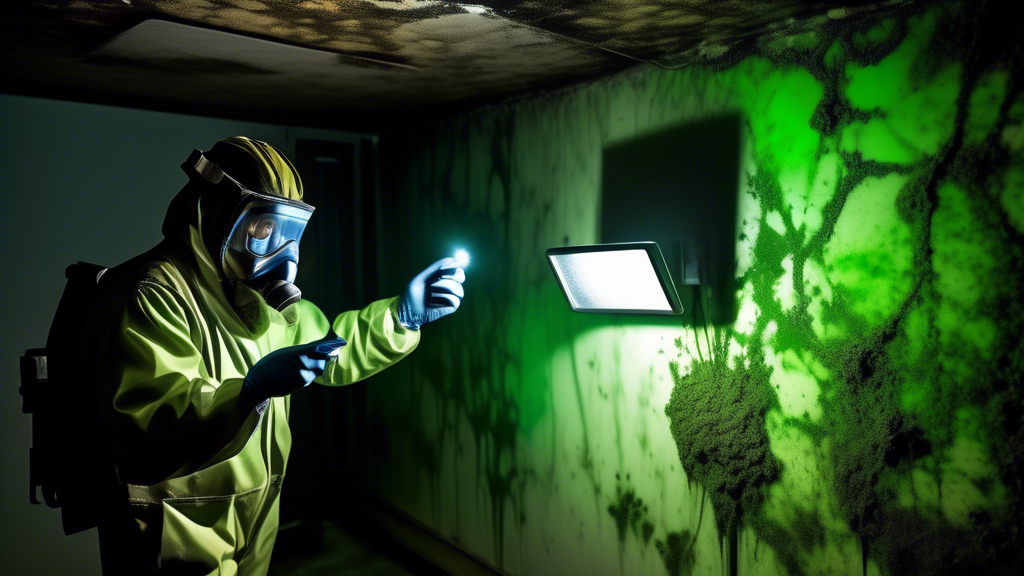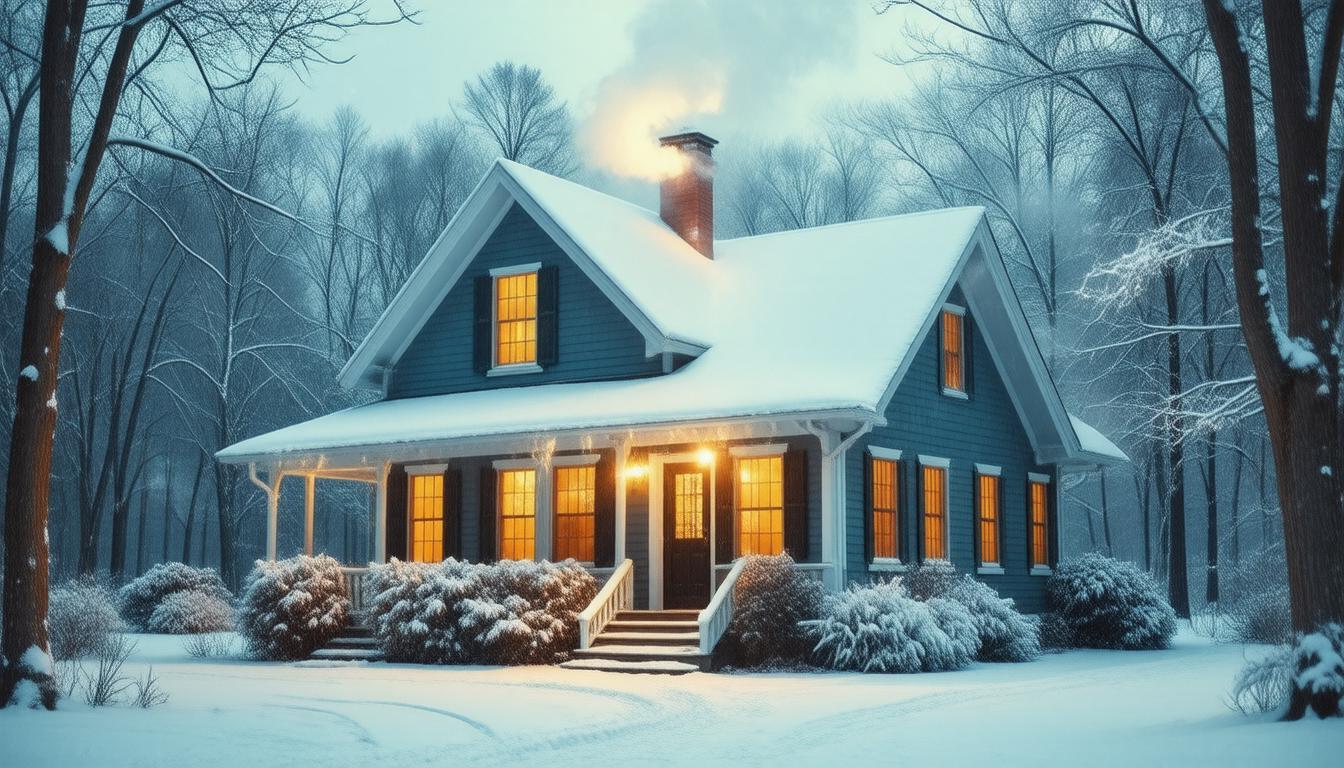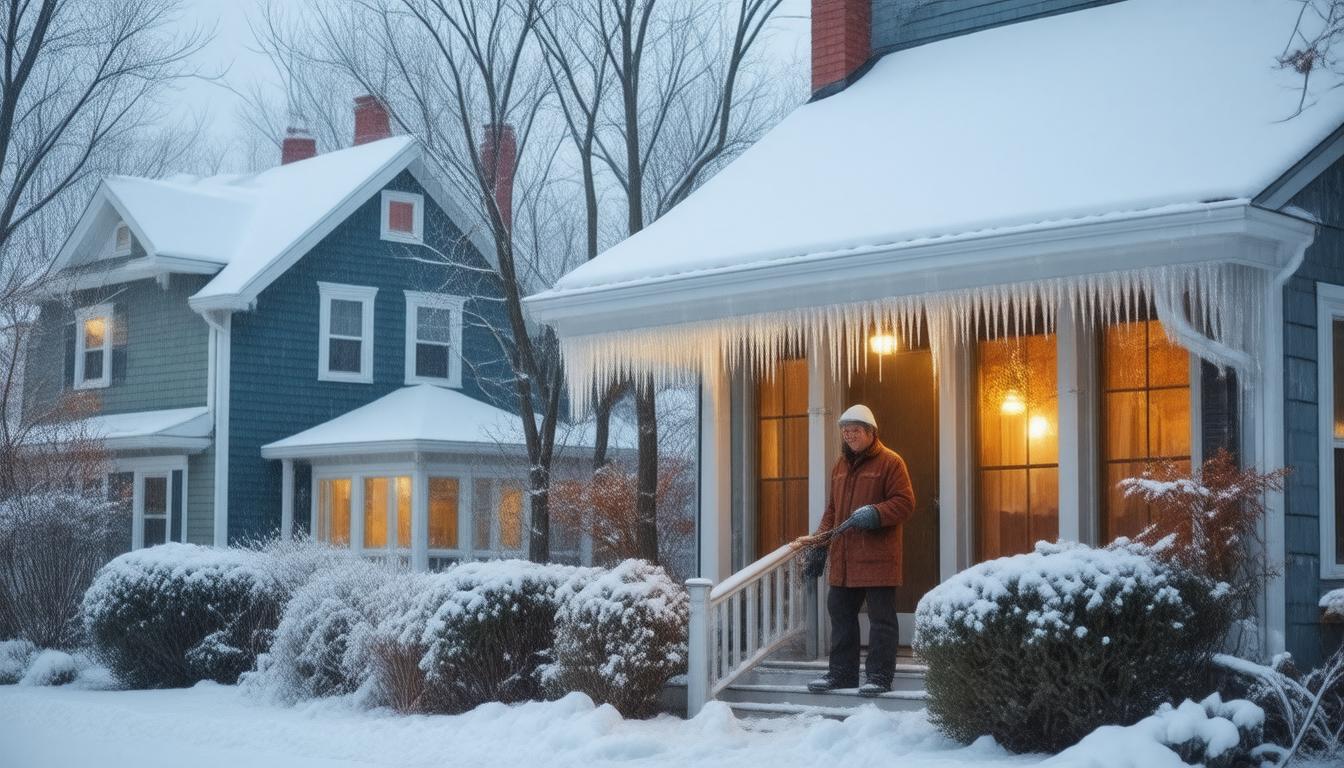

Mold and mildew are fungi that thrive in moist, warm environments. Their presence can cause structural damage to buildings and pose serious health risks to occupants, including allergic reactions, respiratory issues, and infections. Effective detection of mold and mildew is crucial for maintaining a healthy living or working environment.
Understanding Mold and Mildew
Although the terms mold and mildew are often used interchangeably, they refer to different types of fungi. Mold typically has a fuzzy appearance and can be black, green, blue, or even red. It grows on a variety of surfaces, including walls, ceilings, and food. Mildew, on the other hand, usually appears as a thin, white or gray powdery film and commonly affects plants, leather, and other organic materials.
The growth of mold and mildew is facilitated by high humidity, poor ventilation, and water damage. Their spores can become airborne and spread throughout a building, making detection and remediation a critical task for property owners and managers.
Signs of Mold and Mildew
Identifying the presence of mold and mildew involves looking for both visible and hidden signs. Here are some common indicators:
- Visible growth: Spotting black, green, or white growth on walls, ceilings, or other surfaces is a clear sign of mold or mildew.
- Musty odor: A persistent musty smell often indicates the presence of mold or mildew, even if it is not immediately visible.
- Water stains: Discoloration on walls or ceilings can be a precursor to mold growth if the area has been exposed to moisture.
- Allergic reactions: Increased incidence of allergies or respiratory issues among occupants may be linked to mold spores in the air.
Advanced Detection Methods
While visual inspection and a keen sense of smell can help detect obvious mold and mildew, professional detection methods provide a more comprehensive assessment. These methods include:
Moisture Meters
Moisture meters are handheld devices used to measure the moisture content in building materials. Detecting high moisture levels can help identify areas prone to mold growth, even if mold is not yet visible.
Air Sampling
Air sampling involves collecting air from inside the building and analyzing it for mold spores. This method is particularly useful for detecting hidden mold growth behind walls or in ventilation systems.
Surface Sampling
Surface sampling entails taking swabs or tape lifts from suspected mold-contaminated areas and examining them under a microscope. This method helps identify the type and concentration of mold present.
Infrared Thermography
Infrared thermography uses infrared cameras to detect temperature variations behind walls and ceilings. Cold spots often indicate moisture accumulation, which can lead to mold growth.
Preventive Measures
Preventing mold and mildew involves controlling moisture levels and ensuring proper ventilation. Here are some preventive steps:
- Fix leaks: Repair any leaks in roofs, windows, or plumbing to prevent water infiltration.
- Ventilation: Ensure that bathrooms, kitchens, and basements are well-ventilated to reduce humidity.
- Dehumidifiers: Use dehumidifiers in areas prone to high humidity to maintain moisture levels below 60%.
- Regular inspections: Conduct regular inspections of your property to identify and address potential mold growth early.
Conclusion
Mold and mildew detection is essential for maintaining a safe and healthy indoor environment. By understanding the common signs of mold and mildew, using advanced detection methods, and implementing preventive measures, you can minimize the risks associated with these fungi. Early detection and prompt action are key to preventing extensive damage to properties and safeguarding the health of occupants.







